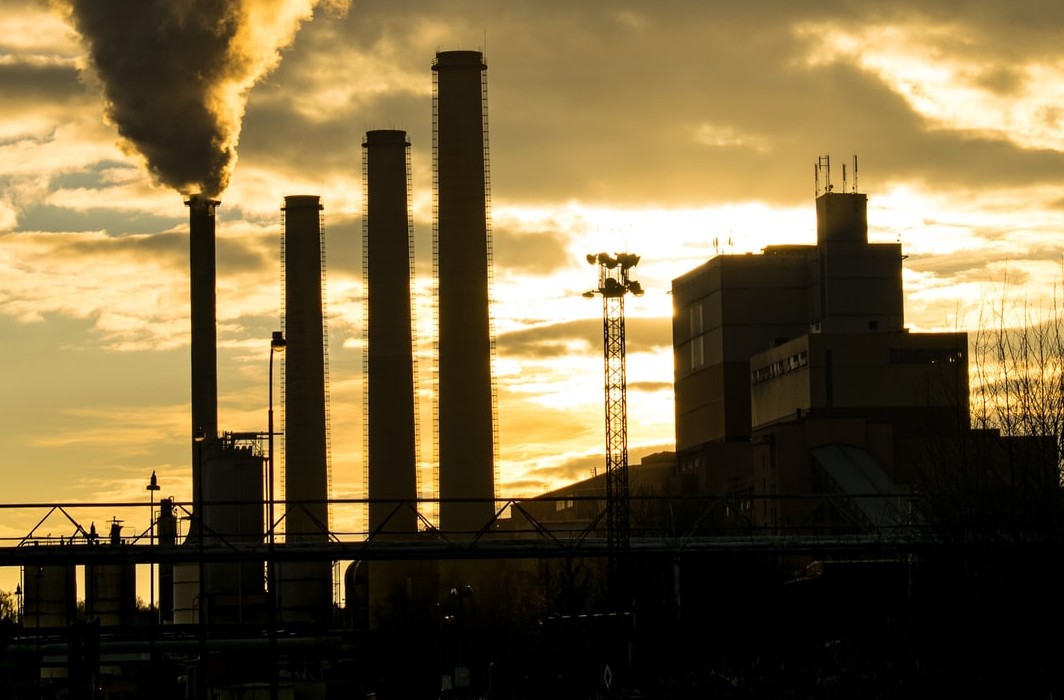How will Carbon Capture and Storage contribute to the UK’s pressing net zero goals?
Most businesses with at least a passing interest in climate mitigation have likely heard of Carbon Capture and Storage (CCS).
The Committee on Climate Change (CCC), which leads on UK climate policy, argues: ‘It is clear that reaching net zero GHG emissions will require important contributions from CCS in industry, for hydrogen production, combined with bioenergy (e.g. for power generation) and in flexible fossil-fired power generation.’
The CCC also notes that, ‘Given its strategic importance in achieving deep decarbonisation, CCS is a necessity for a net zero target.’
That’s a pretty clear direction of travel, plus the recent budget announced a new CCC Infrastructure Fund to establish CCS in at least two UK sites.
But do UK businesses reading the Hub truly understand what CCS is all about, and how it might affect them?
What is CCS?
According to the Grantham Institute, CCS is the process of capturing and storing carbon dioxide (CO2) before it is released into the atmosphere. The technology can capture up to 90% of the CO2 released by burning fossil fuels in electricity generation and industrial processes such as cement production.
The Institute elaborates: CO2 can be captured using different methods. The main ones are: post-combustion, pre-combustion and oxyfuel. Post-combustion technology removes CO2 from the flue gases that result from burning fossil fuels. Pre-combustion methods, carried out before burning the fossil fuel, involve converting the fuel into a mixture of hydrogen and CO2. While oxyfuel technology produces CO2 and steam by burning fossil fuels with almost pure oxygen.
Once captured, CO2 is compressed into a liquid state and transported by pipeline, ship or road tanker, and pumped underground, usually at depths of 1km or more, to be stored in depleted oil and gas reservoirs, coalbeds or deep saline aquifers.
CCS has been used since 1972, when several natural-gas processing plants in the Val Verde area of Texas began employing it. Since then, more than 200 million tonnes of CO2 has been captured and injected deep underground.
What role could CCS play in reaching net zero?
The Institute says CCS is the key technology to reduce emissions from large industrial installations and power stations; indeed some researchers envision a future where all new power plants employ carbon capture, so it’s an essential tool for hitting net zero UK targets.
Further, when combined with bioenergy technologies for power generation (so-called BECCS – bioenergy with carbon capture and storage), CCS has the potential to generate ‘negative emissions’, actually removing CO2 from the atmosphere.
The Global CCS Institute estimates that 2,500 CCS facilities would need to be in operation by 2040 worldwide, each capturing around 1.5 million tonnes of CO2 per year, to limit global temperature rise to under 2 degrees. That’s a massive scaling up from today’s capacity, so there is a lot of work to be done to get CCS working in time to help with net zero and temperature rise.
Where are we with the technology currently?
Despite carbon capture and storage being considered a viable technology and the development of carbon capture usage progressing, there are currently no operational CCUS sites in the UK. Key barriers to the deployment of CCUS include high infrastructure costs, lack of commercial viability, and concerns around safety.
What is the government doing?
Fundamentally, the UK Government is keen on carbon capture. It wants the UK to become a global technology leader and ensure we deploy CCS at scale during the 2030s – this in line with recommendations made by the Committee on Climate Change. To help this happen, all kinds of Government initiatives and programmes are underway, some seeking to make CCS more affordable (right now it’s pricy), while others seek to alleviate potential safety concerns and deliver breakout tech. Detailed information on Government CCS strategies is available here.
There is some controversy around CCS tech. A recent report says the UK Government is over-prioritising carbon capture, usage and storage (CCUS) and biomass in its net zero plans and failing to account for the impact these technologies could have on land use.
Can CCS be adopted by individual businesses?
Remember, CCS removes carbon dioxide from a power plant or factory processes. The CO2 can then be used to make fizzy drinks or other chemicals, or it is stored.
In theory then, individual firms with on-site CO2 generation might seek to implement CCS technologies as part of greening up their production, and potentially opening up new markets for the CO2 they might obtain.
But CCS is more likely to be seen springing up in huge power stations or steel and cement manufacturing heavy industries at scale, and even there it’s not yet common.
The final word
CCS is an exciting technology, and one that Hub readers will soon hear more about. But it’s probably going to be seen developing at major scale, as part of the UK low carbon power infrastructure revolution, rather than featuring in every business premises, large or small, across the country.













